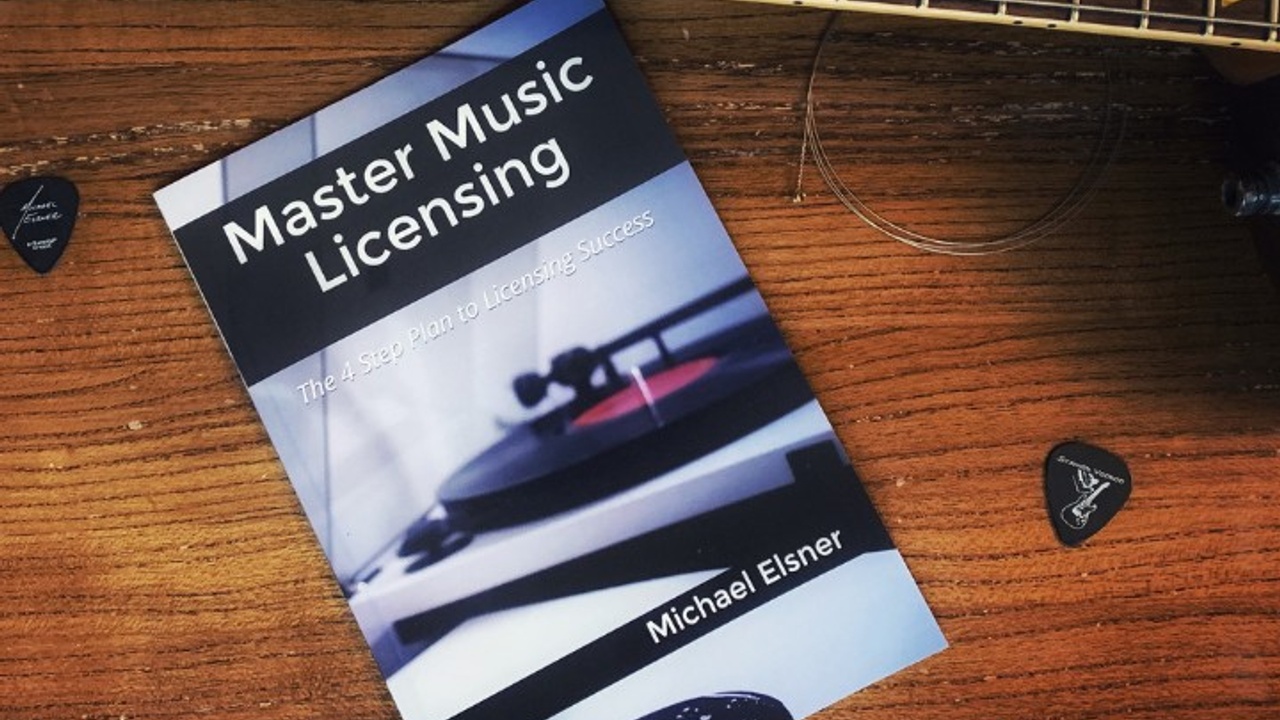
How would you like to have your music on a TV Show, Film or Commercial? For most musicians it sounds like something so far fetched, and nearly impossible, that they write it off as an unattainable goal. While there’s a lot of information out there regarding WHAT music licensing is, there's very little regarding HOW to successfully license music... Until now.
After many years of trial and error, I discovered that a song needs to go through 4 steps in order to have the opportunity to be sync'd to picture. Employing these 4 steps has allowed me to generate over 2000 song placements in TV Shows, Film Trailers, Commercials and Video Games.
I’m particularly passionate about this subject because I’ve experienced first hand the fulfillment of having my music constantly working for me, and heard by millions of people worldwide. This feeling is something I wish for every artist, musician, and songwriter.
So, with that said, let’s take a look at the 4 Steps to Successfully License Your Music.
Step 1: Build Your Catalog:
It all starts with a catalog of music. The larger your catalog, the more opportunities you’ll have for successfully placing your music. Also, the more varied your catalog is stylistically, the more opportunities you’ll have for successfully placing your music.
Create Something Today
Write as often as you can. Write without rules. Write what fulfills you. Create freely and without any self-imposed boundaries. Create something today, and if you can, create something everyday.
One of the most fulfilling aspects of writing for licensing opportunities is the freedom to write the music you’re passionate about without worrying about what others say about your music, or telling you what you must create in order to be ‘successful.’
Step 2: Create Valuable Content
Whether you write vocal songs or instrumental tracks, you can always increase the value of your catalog, and the opportunities for placements, by creating multiple versions of each song. By muting the vocals, a vocal song can instantly generate an instrumental track. You can create a ‘No Melody’ mix of an instrumental track by muting the melodic instruments. Also, experiment with creating an “Acoustic Mix” or a “Stripped Down Mix” by muting the drums and other electric instruments.
A Quality Catalog is a Magnet for Placement Opportunities
By creating these alternate mixes, you can immediately add 4 to 5 extra licensable tracks to your catalog. We can take this a step further by creating individual 15, 30, and 60 second “Cut Down Mixes” as well as printing “Stem Mixes,” which are commonly requested for commercial placements.
Step 3: Master Metadata
Metadata is the information that is embedded into an audio file. This information allows the song to show up in a search of specific keywords.
Your goal, as a music content creator, is to make sure that your song will always show up in a search for music. Simply stated, it doesn’t matter how perfect your song may be for a specific scene, if it doesn’t show up in a music supervisor or editor’s search, it will never get licensed.
The Golden Ticket
Mastering metadata is the golden ticket to song placements. This is easily the most important step that you will take to ensure the successful licensing of your material. Metadata can be input onto your audio file via iTunes. However, it’s important to note that WAV files require an additional 3rd party program to retain the metadata. For this reason, I recommend using only AIFF files unless otherwise requested.
Step 4: Get Your Music Heard
The last step is to get your music into the right hands, and this is the one people have the most trouble with. The goal here is to always show the value your music catalog brings to the person you’re reaching out to, whether that be a music supervisor, or a music library.
Reaching Out
This step requires some research and due diligence on your part. IMDB.com is the best way to look up what shows a music supervisor is working on, and musiclibraryreport.com is the best place to research music libraries.
Once you know who you want to contact, make sure you clearly:
- Let them know you have a quality catalog of music (Step 1: Build Your Catalog)
- Let them know you can supply them with multiple versions of each song (Step 2: Create Valuable Content)
- Let them know that your music is easily searchable and licensable (Step 3: Master Metadata)
Do not attach your audio files to an email, instead include a link where they can audition your music online. When you follow these steps, 9 times out of 10, you will find that you get a positive response. Employing Steps 1-3 for every song in your catalog will ensure your success in Step 4.
Final Thoughts
There’s nothing like upfront sync fees, as well as recurring ‘mailbox money’ in the form of royalties, to keep a consistent stream of income coming your way. Licensing your music allows one to make a great living, while at the same time allowing financial, personal, and creative freedom.
These 4 steps have allowed me to generate over 2000 placements of my own music.
What's worked for you? Share with us the process that you've used in the comments section below.
Want to Learn How to Successfully License Your Music to TV and FILM?
Want Your Songs to be Heard by Millions AND Generate a Consistent Income?
TRANSFORM from STARVING ARTIST to SUCCESSFUL MUSICIAN!

